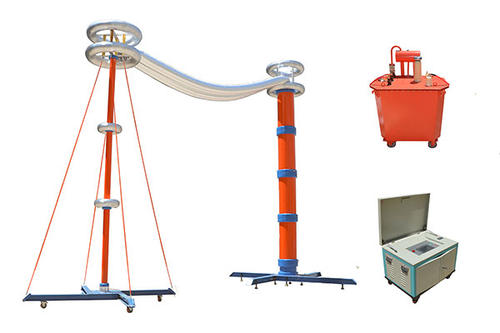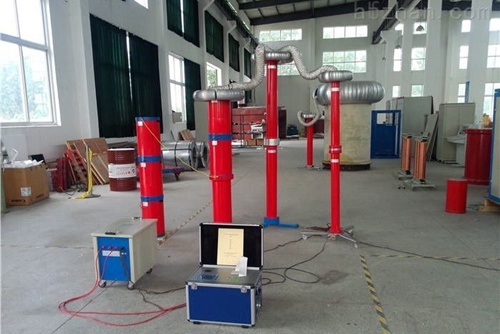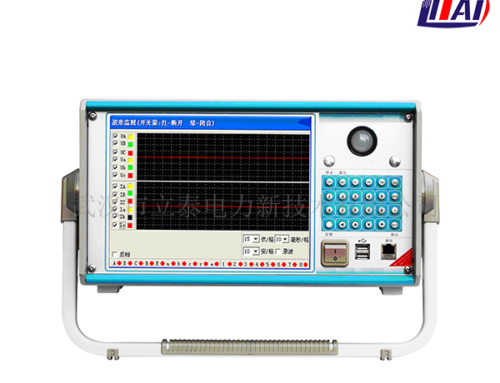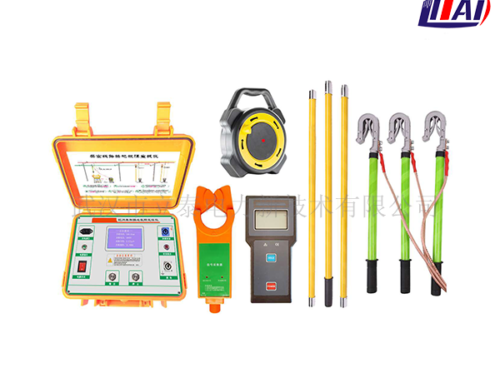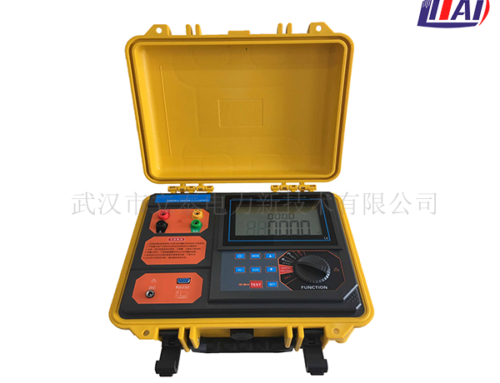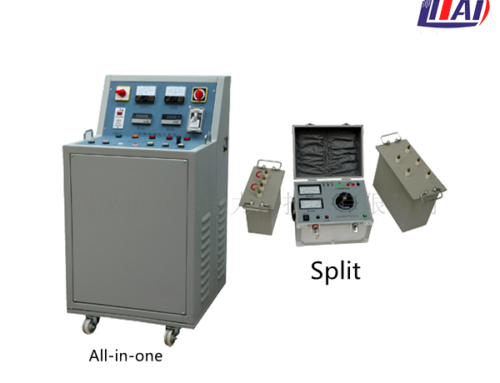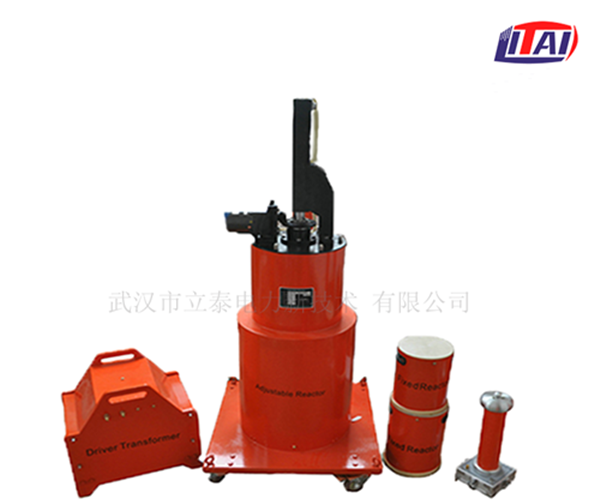
Your Content Goes Here
What are the conditions for the occurrence of series resonance? What are the factors? Series resonance is a combination of high current and high voltage, which has a greater impact on daily electricity consumption, and is also related to electricity safety. It has certain conditions for the occurrence of series resonance circuit. Here to understand what is the occurrence condition of series resonance, and what is the resonance condition of the loop.
In a series circuit composed of resistance, inductance, and capacitance, when the capacitive reactance XC and the inductive reactance XL are equal, that is, XC=XL, the voltage U and the current I in the circuit have the same phase, and the circuit appears purely resistive. This phenomenon It is called series resonance. When the circuit has series resonance, the impedance of the circuit Z=√R^2 +(XC-XL)^2=R, the total impedance in the circuit is the smallest, and the current will reach the maximum value. Impedance conditions, the imaginary part is equal after resonance and the sign is opposite. The series impedance is equal to 0, and the parallel impedance is equal to infinity. At the time of resonance, the resonant current of the series circuit is infinite; the resonant voltage of the parallel circuit is infinite (theoretical value). In a series circuit of resistance and inductance, the phenomenon of power supply, voltage and current being in the same phase is called series resonance. Its characteristics are: the circuit is purely resistive, power supply, voltage and current are in phase, reactance X is equal to 0, impedance Z is equal to resistance R At this time, the impedance of the circuit is the smallest and the current is the largest. A high voltage that is many times larger than the power supply voltage may be generated on the inductance and capacitance. Therefore, series resonance is also called voltage resonance.
What is series resonance: In a circuit where resistance, capacitance, and inductance are connected in series, the effects of inductance Xl and Xc are directly subtracted. If certain conditions are met and Xl=Xc, the reactance of the circuit is equal to zero, the current and voltage in the circuit are in the same phase, and there is no reactive power exchange between resistance, inductance, and capacitance. This state of the circuit is called series resonance.
The circuit resonance condition is Xc=Xl, that is, ωL=1/ωC, the natural resonance condition of the circuit can be obtained as f0=1/(2π√LC).
Impedance condition: the imaginary part is equal after resonance and the sign is opposite. The series impedance is equal to 0, and the parallel impedance is equal to infinity. At the time of resonance, the resonant current of the series circuit is infinite; the resonant voltage of the parallel circuit is infinite (theoretical value). Or:
In a series circuit: the imaginary part of the total input impedance is equal to zero (resonance means that the output voltage and current are in phase)
What is resonance: In an AC circuit with resistor R, inductance L and capacitor C components, the voltage at both ends of the circuit and the phase of the current in it are generally different. If we adjust the parameters of the circuit elements (L or C) or the frequency of the power supply, we can make them the same phase, and the entire circuit appears purely resistive. The circuit reaching this state is called resonance.
What is the resonance condition of the series resonant tank
According to the principle of resonance, we know that when the inductance value X1 of the current reactor L is equal to the capacitive reactance value Xc in the loop, the loop reaches the resonance state. At this time, only the loop resistance R in the loop consumes active power, and the reactive power is in the reactance. The capacitor oscillates back and forth between the capacitor and the test sample, thereby generating high voltage on the test sample.

